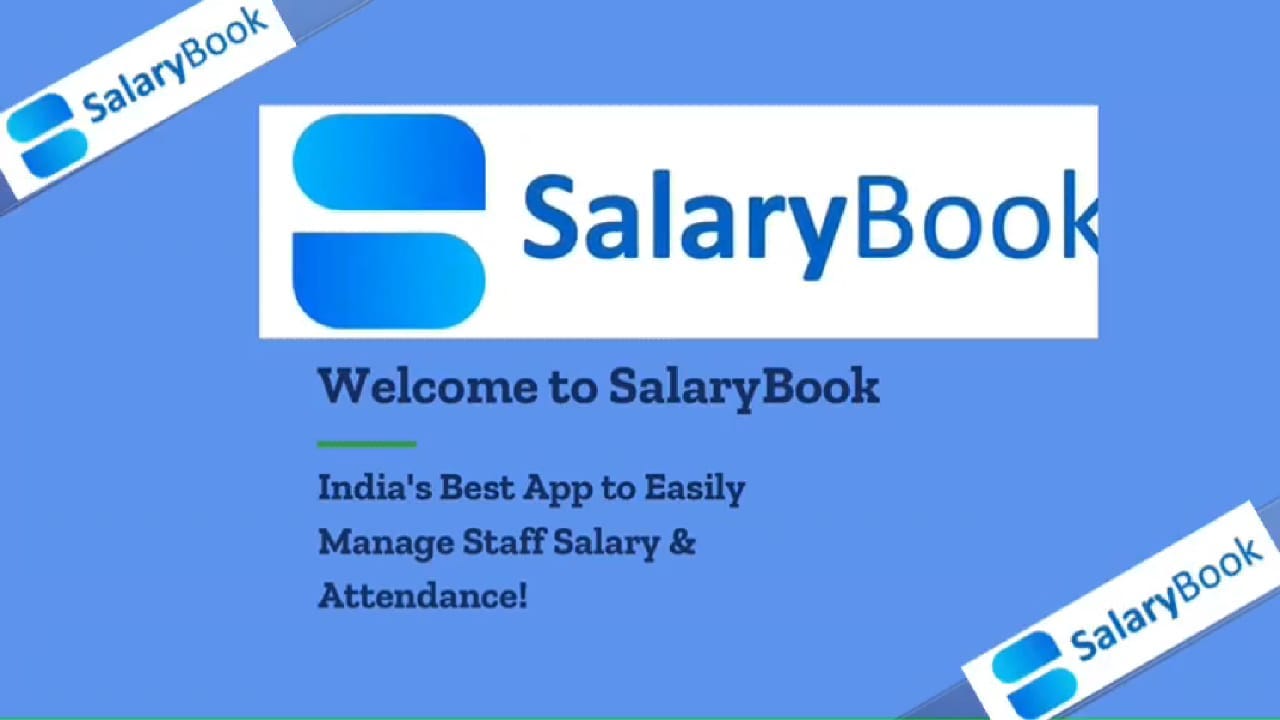Payroll is an operation that is more complex than it sounds. This operation includes a gamut of tasks starting from onboarding a new join on payroll, establishing payroll policies, defining pay components, gathering inputs, calculating and verifying payout, processing salary, distributing payslips, tax-filing, accounting, and finally reporting. In layman’s terms, it is the complete chain of tasks for managing the money paid to the employees.
What helps in simplifying this complex process is a Payroll Management System. A Payroll Management System is a framework for the entire payroll function. It is basically a solution through which an employer can manage the salaries of their employees. It incorporates salary, allowances, deductions, and net payable to the employees. It additionally manages the payslip generation task automatically.
Now, we would be breaking down this whole Payroll Management System.
So, as defined earlier the payroll management process is nothing but a set of regulated steps that are performed in the same order every month to form a payroll cycle. In other words, the payroll process is all about arriving at what is due to the employees, i.e., the Net Pay after making the necessary tax adjustments and other deductions.
There are3 stages of payroll:
- Pre Payroll Process
- Actual Payroll Process
- Post-Payroll Process
The Pre Payroll Process:
Outlining Payroll Policies: The final amount paid to every employee depends upon various factors. The company’s different policies come into play at the time of it. To begin with, these policies need to be properly defined and approved by the management to ensure standard payroll processing and administration. The primary policies that are considered for it are as follows:
- Employee Pay Policy
- Leave and Benefits Policy
- Time & Attendance Policy
- Overtime and Bonus Policy
- Reimbursement Policy, etc.
Collecting Inputs: The payroll process includes interacting with multiple departments and professionals to gather relevant information. Data for calculating employee salary includes employee position, leave days, time worked, billable hours, non-billable hours, attendance management data, wage revision data, and others for the specific pay period. These tasks are quite tedious and require one’s utmost attention.
Validating Inputs: Once the information is gathered, it’s time to ensure adherence of the inputs to company policies, and verification of various bills and reimbursement proofs. The inclusion of the new joiners and the exclusion of the ones going out is an important aspect of this part.
The Actual Payroll Process:
Payroll Calculations: This is the most important part of all! When someone says payroll, the first thing to strike most minds is money math. So, at this stage, the gathered and validated input data is to be processed and evaluated. After evaluation and deduction of all the various components of the salary including bonuses, applicable taxes, etc., finally, we get the Net Pay or Net Salary. At last, the reconciliation of the data is done to minimalise errors.
The Post-Payroll Process:
Payout: “Salary has been credited to your account.” Yes, it’s that time of the month! The time to bring a smile to the employees’ faces through this small notification 🙂 Generation of payslips and salary transfers take place in this process by various means as opted by the employer/the organisation.
Payroll Accounting: Maintenance of all financial transactions is an indispensable part of the payroll process. Employee salary is one of the most integral operating costs which has to be recorded in the books of accounts. So, it is essential to keep an eye on the financial data and ensure that all salary and reimbursement information is fed accurately into the accounting/ERP system as part of the payroll management process.
Reporting: Today most of our decisions are driven by the analytics of our datasets. In order to perform analytics, take decisions, and forecast the business future, in-depth reports are to be prepared and maintained. Proper reporting and analysis give the cutting edge to your organisation and play a major part in the sustainability plans of your organisation or business.
Thus, this is how complex the whole “Payroll Management Process” is.
Payroll mistakes can happen faster than we think. Any kind of error in this whole process can ruin the entirety of it and lead to financial complexities, employee grievances or even legal liabilities and penalties.
Such irregularities can take a toll on the morale of the employees and ultimately affect the business productivity. While ensuring accurate and timely payment of salary is important, adhering to the various laws and regulations such as labour law and other statutory compliance is also critical. Non-adherence to these laws can attract serious legal and financial consequences.

To make sure that your employees are happy and you are law compliant, you need to have a robust Payroll Management System. SalaryBook provides you with India’s Best Employee and Payroll Management App in this regard. With SalaryBook’s exclusive payroll management system, you can keep a clear record of salaries, advance payments, any allowances, bonuses or deductions and make seamless salary transactions to all your employees.
Download SalaryBook today and give the much-needed boost to your business: SalaryBook – Employee Payroll & Expense Management – Apps on Google PlaySalaryBook is an easy to use FREE solution for Employee & Payroll management. By using SalaryBook You can Easily Manage…play.google.com
For More Information, Visit: SalaryBookLooking for a Job, Look no further! SalaryBook is the perfect Free Job Search Portal for all the Blue and Grey Collar…salarybook.co.in